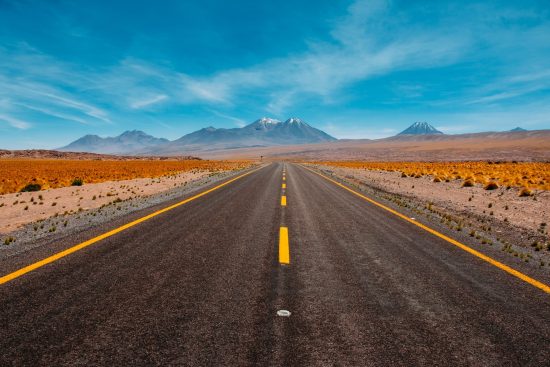
The world is a mosaic of cultures, each with its unique set of traditions, beliefs, and rituals. Among these cultural aspects, spirituality often holds a central place, shaping people’s perspectives on life, death, and the universe. This article takes a journey across continents to explore a variety of sacred rituals and beliefs, providing insights into the rich tapestry of global spiritual traditions.
Asia: The Deeply Philosophical Traditions
Asia, the birthplace of many world religions including Buddhism, Hinduism, and Taoism, is a treasure trove of spiritual traditions.
In Hinduism, prevalent in India and Nepal, rituals like ‘puja’ (worship) and ‘yajna’ (fire sacrifice) are integral components of daily life. The ‘Kumbh Mela,’ a mass Hindu pilgrimage where believers bathe in sacred rivers, showcases the immense faith and spiritual endurance of millions.
Buddhism, with its origins in India and widespread across East Asia, emphasizes meditation and mindfulness. The ‘Vesak’ celebration commemorating Buddha’s birth, enlightenment, and death, exemplifies the deep spirituality in Buddhist societies.
In China, Taoism promotes living in harmony with the ‘Tao’ or ‘the way.’ Taoist rituals often involve offerings to deities, fortune-telling, and rites like the ‘jiao’ – a community renewal ceremony.
Africa: Ancestral Spirits and Natural Elements
Africa, with its rich tribal diversity, encompasses spiritual systems often rooted in animism and ancestor reverence.
In many West African cultures like the Yoruba, rituals often communicate with ancestral spirits. The ‘Egungun’ festival involves masquerades representing these ancestors, whose advice and blessings are sought.
In Southern African cultures like the Zulu, ancestral spirits (‘Amadlozi’) play a central role in daily life. Ritual sacrifices or ‘ukubuyisa’ are conducted to appease these spirits and ensure the community’s wellbeing.
The Americas: Native Spirituality and Christianity

From the indigenous spiritual practices to Christianity, America presents a blend of traditions.
Among Native American cultures, the spiritual connection to the land is profound. Rituals like the ‘Sun Dance’ of the Plains Indians or the ‘Potlatch’ gift-giving feast of the Pacific Northwest tribes demonstrate this intricate bond.
In South America, the ‘Inti Raymi’ or ‘Festival of the Sun’ in Incan tradition honors the Sun God with dances and ceremonies.
Meanwhile, Christianity, widespread in the Americas, has its own spectrum of rituals. From the solemnity of Catholic Mass to the evangelical ‘baptism of the Holy Spirit,’ these rituals embody diverse expressions of Christian belief.
Europe: A Blend of Ancient and Modern Faiths
Europe’s spiritual landscape is marked by the predominance of Christianity, with its rich tapestry of rituals varying from Orthodox traditions in the East to Catholic and Protestant practices in the West.
In Greece, the ‘Orthodox Easter’ epitomizes spiritual devotion with its midnight Resurrection service and the ‘Holy Fire’ ceremony.
In Ireland, ancient Celtic traditions persist, seen in the ‘Samhain’ festival that welcomes the ‘darker half’ of the year.
Pagan practices also endure, such as the ‘Midsummer’ celebrations in Scandinavia, which involve bonfires and dances around a maypole, drawing from ancient sun-worship traditions.
Spiritual rituals and beliefs are a window into the soul of a culture, providing valuable insights into societies’ foundational values and worldviews. These practices, deeply entwined with cultural identity, show humanity’s quest for meaning and connection, shaped by geographical, historical, and societal contexts. As we honor and learn from these diverse spiritual traditions, we come to appreciate the beautiful complexity of our global community.
In the Tapestry of Faiths
As we’ve journeyed through an array of spiritual traditions across continents, the underlying thread that binds them all is the quest for meaning and a higher sense of purpose. Whether through intricate rituals in India, silent meditations in Japan, or spirited dances in Africa, people around the world have devised myriad ways to connect with a realm beyond the immediate and the material. These practices offer more than just a window into diverse cultures; they serve as a mirror reflecting our shared human needs for connection, solace, and understanding. And in that reflection, we find not just the other but also ourselves—reminding us that, despite our many differences, we are all united in our search for spiritual fulfillment.







